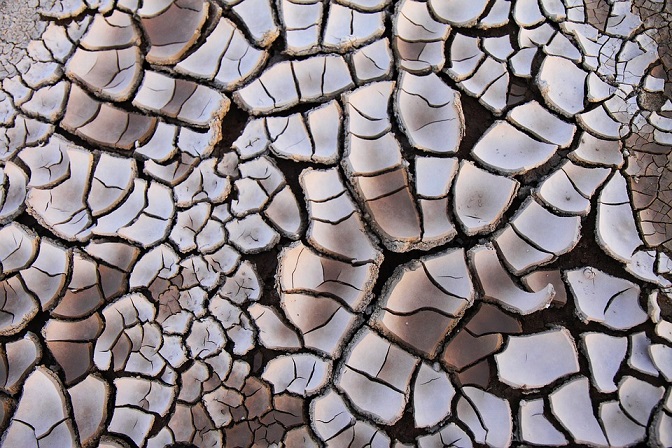 Climate patterns are changing all over the world, resulting in areas where drinking water was once abundant now very close to reservoirs running dry and groundwater aquifers becoming depleted.
Climate patterns are changing all over the world, resulting in areas where drinking water was once abundant now very close to reservoirs running dry and groundwater aquifers becoming depleted.
David Sedlak recently did a Ted Talk in which he shared four practical solutions to the ongoing urban water crisis. Sedlak is a civil and environmental engineer, and he believes that in order to avoid a catastrophic drought, it is necessary that we all shift our water supply from what we are currently relying on towards new, local sources of water and that we need to create a better system – one that will be capable of withstanding any challenges that climate change may throw at us in the next few decades.
While we have spent massive amounts of money on building infrastructure to get water to our cities in the last century, the past decade has seen this infrastructure threatened in various ways as climate change, population growth and competition for water resources grows.
From Australia to São Paulo, California to South Africa, cities are being faced more and more with devastating droughts that are seeing lakes, aquifers and dams drying or nearly drying up, and devastating droughts wreaking havoc on the country, the population and agriculture.
Sedlak’s four ways to avoid catastrophic drought are:
- Rainwater: Modern cities consist of concrete and asphalt and storm sewers to lead the rainwater away from the city streets, and that is just a waste of one of our most natural resources. Most cities could provide their own water for a year by capturing just half of the rainwater that falls there. This can easily be attained by capturing it and letting it percolate into the ground, treating it and using it to recharge the drinking water aquifers of cities. The city of Los Angeles, for instance, is building a storm water park and routing that water into an abandoned gravel quarry from where it will be treated and rerouted for drinking water.
- Wastewater Recycling: While some of us will turn up our noses at the thought, recycling wastewater into drinking water through a two-step process is actually cost-effective and practical, and it’s safe to drink.
- Water Conservation: water conservation begins with getting water-wise in both public and private gardens and lawns, by landscaping with soil moisture detectors and smart irrigation controllers, which means that we can have it all and use only about 50% of the water that is currently being used.
- Desalinated Seawater: Seawater desalination is energy-intensive, although less so than when it was first done a few decades ago, but it is a viable alternate water source.
Purchase water coolers online and get water cooler rental from Living-Water.





